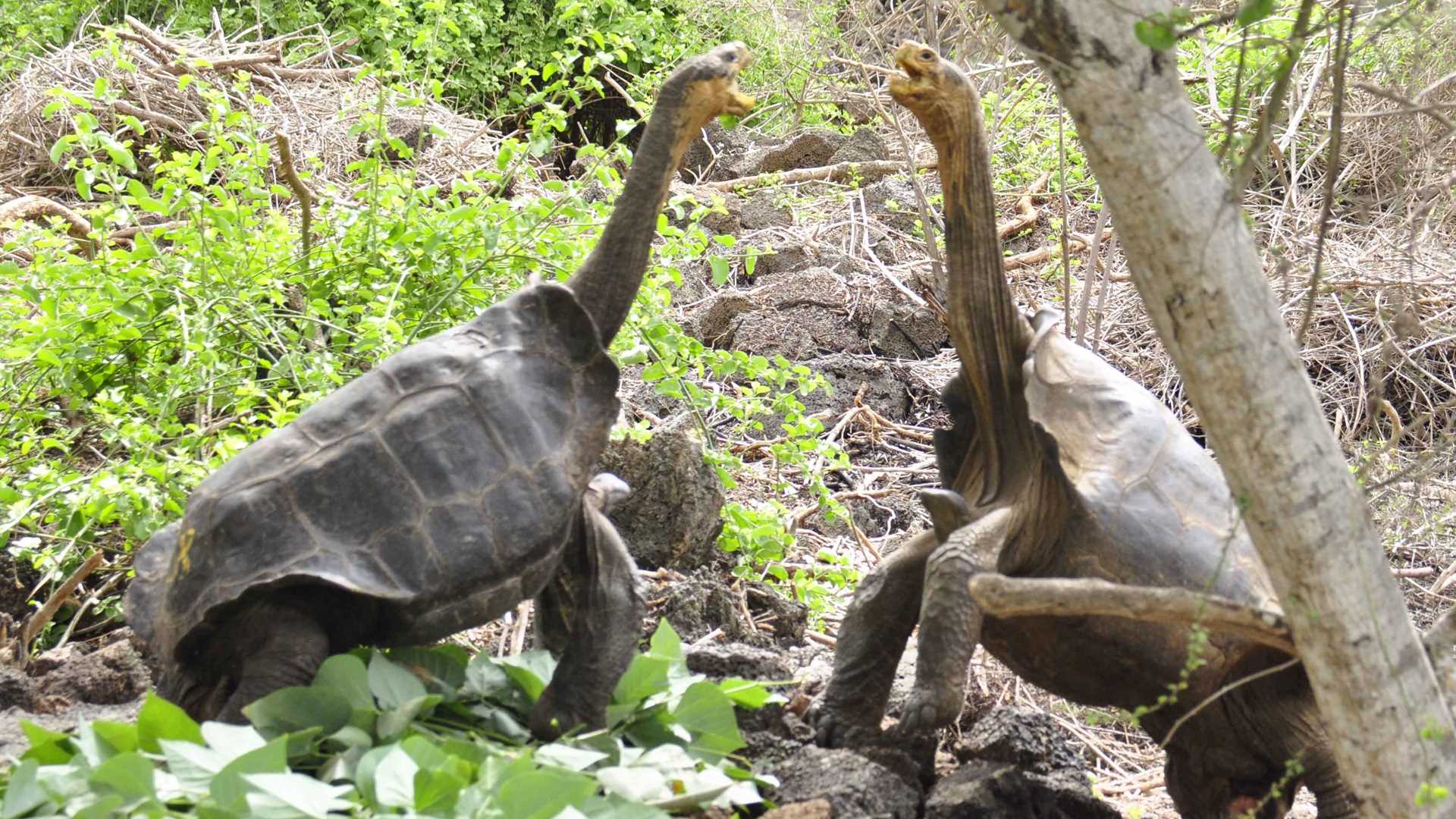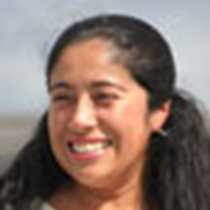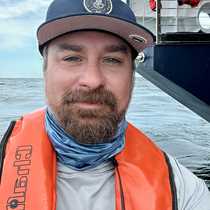This morning we encountered civilization again. My home island, Santa Cruz, holds the largest population, over 20 thousand people live here. This is the perfect place to show our guests the big efforts in order to preserve this unique and fragile ecosystem, where nature coexists with humans. Visits to the Giant Tortoises Breeding Center, the Charles Darwin Station, the cozy town of Puerto Ayora, a lava tube, a private farm with its own charm and the giant tortoises wandering in the highlands of Santa Cruz give hope to a good future for the islands.
- Daily Expedition Reports
- 10 Mar 2017
Santa Cruz Island, 3/10/2017, National Geographic Islander
- Aboard the National Geographic Islander
- Galápagos
Vanessa Gallo, Naturalist
Vanessa Gallo’s grandparents arrived in the Galápagos Islands in 1936, making her the third generation of her family to live and work in this magical archipelago. She left the islands for the capital city of Quito for high school, where she discovere...
Read MoreAlex Joseph, Naturalist/Certified Photo Instructor
Born and raised in Alabama, Alex's connection to nature took shape as a child living in a state park and then in his formative years spent in Gulf Shores, AL. Where white sandy beaches meet the pine forest of the Southeast.
Read MoreShare Report
Related Reports
11/23/2022
Read
National Geographic Islander II
Isabela and Fernandina
Our day began with the chance to point out a lot of interesting geological features as we enjoyed Zodiac tours along a massive flank of Ecuador Volcano on Punta Vicente Roca. In the afternoon, we took a sunny walk on Punta Espinoza on Fernandina Island. We spotted many iguanas, and a bunch of sea lions hanging around, too.
11/22/2022
Read
National Geographic Islander II
North Seymour & Rabida Islands
Relatively small and low compared to neighboring Santa Cruz, North Seymour is located to the north of Baltra. The island is dry with predominantly low shrubs, like prickly pear cacti. The incense trees are bare during the dry season. Seabirds like frigatebirds and blue-footed boobies nest on the island, and sea lions rest on the sand when they are not fishing. Land and marine iguanas also live here. Rabida is in the middle of the archipelago and has a striking red sand beach. We observed a small colony of sea lions of all ages resting or nursing. Behind the beach, American flamingos nest in a brackish lagoon. This island is full of contrasts and wildlife that we enjoyed observing during this day of expedition.









